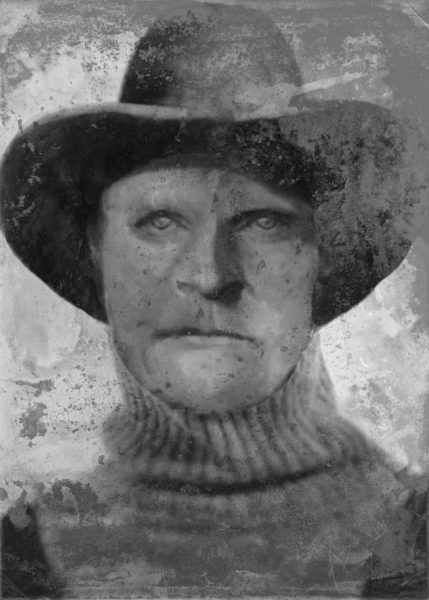In 1979, a headless torso wrapped in a burlap sack was found in an Idaho cave, and now, more than 40 years later, that victim has been identified.
Joseph Henry Loveless, who murdered his wife with an ax, was last seen before he escaped from jail in 1916, after sawing through the bars using a saw he’d hidden in his shoes.
Loveless was identified by the DNA Doe Project, a nonprofit volunteer organization that uses forensic genealogy to identify previously unidentified deceased people.
Several groups had attempted to crack the case before the DNA Doe Project stepped in. In 1991, limbs were discovered in the same cave where the torso was initially found.
Researchers and students from Idaho State University searched and excavated the cave in 2015, but Loveless’s head was never found.
Investigators had little to go on in 1979. The sheriff at the time believed the remains to be of a gambler from the turn of the century, based on his clothing. Because of the odor and presence of flesh, the coroner thought the individual could not have been deceased more than 10 years.
Anthropologists described the victim as being between the ages of 25 and 45, with reddish brown hair, and standing between 5’5″ and 6’1″, noting that because the body had been dismembered, the femur, a preferred bone for measuring height, couldn’t be evaluated.
Complicating matters was the fact that Loveless used multiple aliases during the course of his life.
Using a DNA sample, forensic geneticists were able to analyze Loveless’s DNA and build sprawling family trees that included more than 31,700 individuals. After over 2,000 hours of research, the genealogists had cracked the case, and in December, confirmed Loveless’s identity by comparing his DNA to the DNA of his living grandson.
The identity of Loveless’s murderer remains a mystery.















